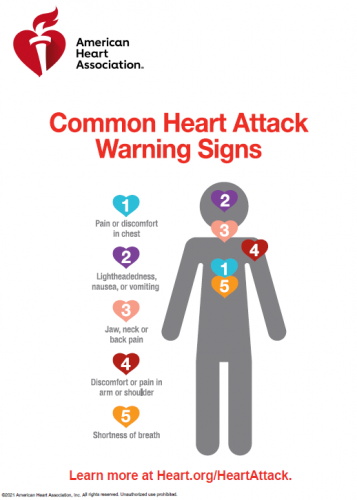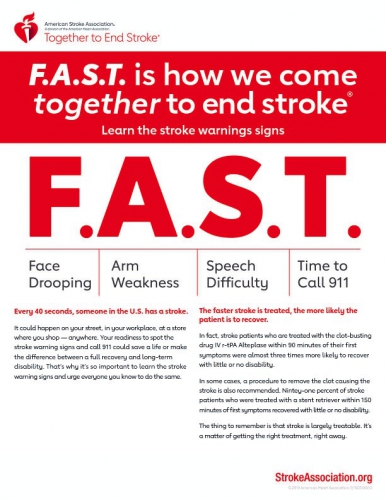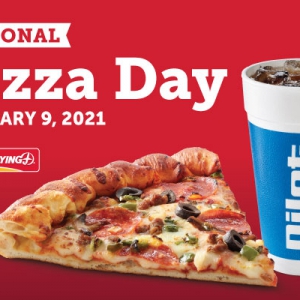We’re celebrating American heart month with American Heart Association’s Life is Why™ campaign in our stores and are excited to join the fight against heart disease and stroke during American heart month.
Did you know someone suffers a heart attack or stroke every 40 seconds in the US? Knowing the warning signs for heart attack and stroke could save a life, so we reached out to American Heart Association to see what tips they have on understanding and recognizing them.
Tips from American Heart Association:
Learning the warning signs for a heart attack and stroke could save your life or the life of someone you love. For both heart attack and stroke minutes matter. Fast action can save lives. Today we are going to share what you should know and look for:
 Heart Attack Warning Signs
Heart Attack Warning Signs
- Chest Discomfort: Most heart attacks involve discomfort in the center of the chest that lasts more than a few minutes, or that goes away and comes back. It can feel like uncomfortable pressure, squeezing, fullness or pain.
- Discomfort in Other Areas of the Upper Body: Symptoms can include pain or discomfort in one or both arms, the back, neck, jaw, or stomach.
- Shortness of Breath: With or without chest discomfort.
- Other Signs: May include breaking out in a cold sweat, nausea, or lightheadedness.
By learning and sharing the acronym F.A.S.T., you just might save a life from stroke.
- Face Drooping: Does one side of the face droop or is it numb? Ask the person to smile.
- Arm Weakness: Is one arm weak or numb? Ask the person to raise both arms. Does one arm drift downward?
- Speech Difficulty: Is speech slurred, are they unable to speak, or are they hard to understand? Ask the person to repeat a simple sentence, like “the sky is blue.” Is the sentence repeated correctly?
- Time to Call 9-1-1: If the person shows any of these symptoms, even if the symptoms go away, call 9-1-1 and get them to the hospital immediately.
 Beyond F.A.S.T – Other Symptoms You Should Know
Beyond F.A.S.T – Other Symptoms You Should Know
- Sudden NUMBNESS or weakness of face, arm, or leg, especially on one side of the body
- Sudden CONFUSION, trouble speaking or understanding speech
- Sudden TROUBLE SEEING in one or both eyes
- Sudden TROUBLE WALKING, dizziness, loss of balance or coordination
- Sudden SEVERE HEADACHE with no known cause
If you are experiencing heart attack or stroke warning signs, calling 911 is almost always the fastest way to get lifesaving treatment.
An emergency medical services (EMS) team can begin treatment when they arrive – up to an hour sooner than if someone gets to the hospital by car. EMS staff are also trained to revive someone whose heart has stopped. Patients with chest pain who arrive by ambulance usually receive faster treatment at the hospital, too.
For many reasons, it’s best to call 911 so that an experienced EMS team can begin treatment and arrange rapid transport to the emergency room. Visit the AHA Interactive Library to learn more.

